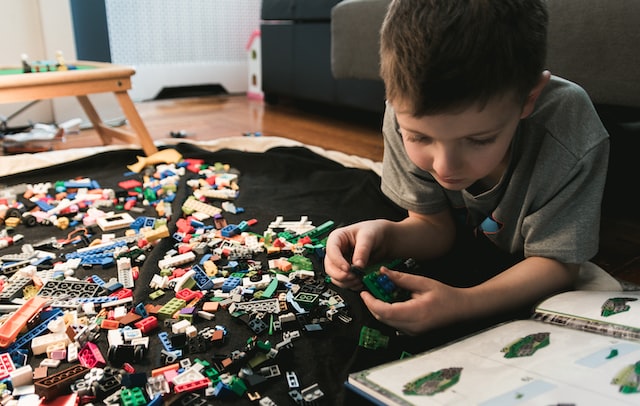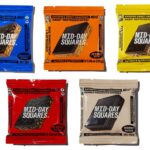The magnetic pull is hard to resist when a brand emotionally connects to a group with shared interests. Connection to a sports team, a community of writers, or big band jazz-loving consumers can help define who your brand serves. The power of belonging is especially effective when the community is self-run, not managed from above.
Belonging is powerful. And it can be a humbling and highly effective marketing strategy.
Since Covid struck, our feeling of being disconnected and isolated has grown like mold on bread. Providing community, belonging, and deep connection is an essential framework that brands should focus on.
The emotional outcome of your brand’s actions can matter more than the products or services your brand sells. Maya Angelou said that we may not remember what people did or said, but you remember how people made you feel. This is also true about how a brand makes you feel too.
Emailing a newsletter isn’t belonging, nor is a post on social media. Yes, those tactics can play a role. But tracking through digital cookies will soon disappear, and in its place will be FLoC –federated learning of cohorts. FLoC is a type of web tracking. It groups people into “cohorts” based on their browsing history for interest-based advertising.
How Will Brands FLoC to Building Cohorts and Communities?
Three Considerations:
When you identify a community, this goes beyond targeting. Marketers need to understand the audience, how they behave, what they need, and how they can be served. It means the marketer is “of the community, “ not external and in control. Community is beyond demographics. The video game Minecraft targeted a younger community to help them register to vote. They helped enabled voting by those turning eighteen and engaged others enthusiastic about getting more voters registered.
Brands need to have a way to measure success and learn to let go. Companies that identify the people they want to serve need to define how they will measure a positive outcome. Netflix developed a “strong black lead” category to foster discussion among black artists and viewers to have them identify who represents that theme. They knew that by gathering a group of interested cohorts together, they’d provide value by facilitating the activity. But Netflix let go of the reigns – they didn’t publish a list; they created a platform for others to build it within the community with a shared interest.
Put the consumer in the driver’s seat. Lego’s social media platform for children under 13 allows kids to show off their handiwork and get comments and inspiration from this community of ten million kids. You can only use the Lego Life app with emojis, not words – and adults can join. But Lego allows kids to engage with others online in a safe and brand-specific place. Lego enables belonging with purpose.
If you want to follow a B2B company doing a great job of building community, check out Redzone. They sell SaaS software to food, beverage, and CPG manufacturers that helps empower frontline workers. If you follow them on LinkedIn, you’ll see how they build community and a sense of belonging. They celebrate their community and fade into the background while shining a spotlight on members.
Being Humble
When you leave behind your desire to sell your product and instead serve your customers, the connection is deep and can last a lifetime. A rich affiliation is different than loyalty which can be fleeting and frequently transactional. Some companies invite the community to help create product ideas, platforms, and new possibilities. A humble marketer, like a servant leader, understands her role.
How are you enabling belonging and getting out of the way?
You can set up a time to chat with me about your marketing challenges using my calendar. Email me jeffslater@themarketingsage.com Call me. 919 720 0995. The conversation is free, and we can explore if working together makes sense. Watch a short video about working with me.
Photo by Kelly Sikkema on Unsplash
This post was inspired by this article in Forbes.





